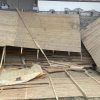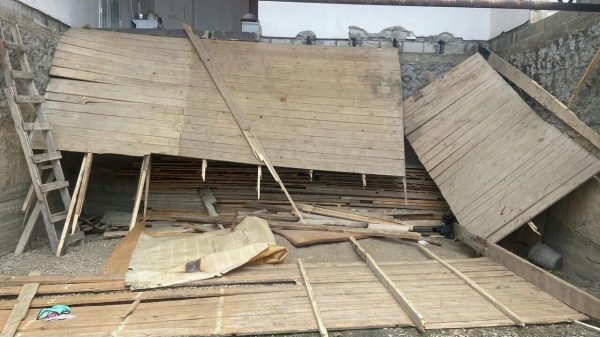It is based on spectroscopy
A unique method for diagnosing cartilage tissue – optical spectroscopy – has been developed at Sechenov University. This method, developed at the Department of Traumatology, Orthopedics and Disaster Surgery, allows for the condition of cartilage to be assessed at the molecular level.

Until now, traumatologists assessed the condition of cartilage mainly «by touch», using an arthroscopic probe. «We could determine whether the cartilage was hard or soft, how deep the cracks were, but this method is subjective,» says Associate Professor of the Department Marina Lipina.
The new technique, diffuse reflectance optical spectroscopy, is based on the analysis of how light interacts with joint tissue. “Each tissue absorbs, reflects and scatters light differently,” explains Marina Lipina. “By analyzing these parameters, we obtain precise information about the condition of the cartilage.”
The procedure resembles standard arthroscopy: sensors that emit and record light waves are inserted into the joint through miniature “accesses.” The obtained data is compared with a database containing spectra characteristic of different stages of cartilage damage.
“This is a fast, safe and non-traumatic method that allows us to identify even the initial stages of cartilage destruction, invisible to the naked eye,” emphasizes Marina Lipina. – Knowing the exact boundaries of viable tissue, we can more effectively install cartilage grafts.”
Scientists are confident that in the future, optical spectroscopy will help predict the development of joint diseases.
This will allow patients to receive personalized recommendations for physical activity in order to maintain joint health for as long as possible and delay the need for surgery.




















































Свежие комментарии